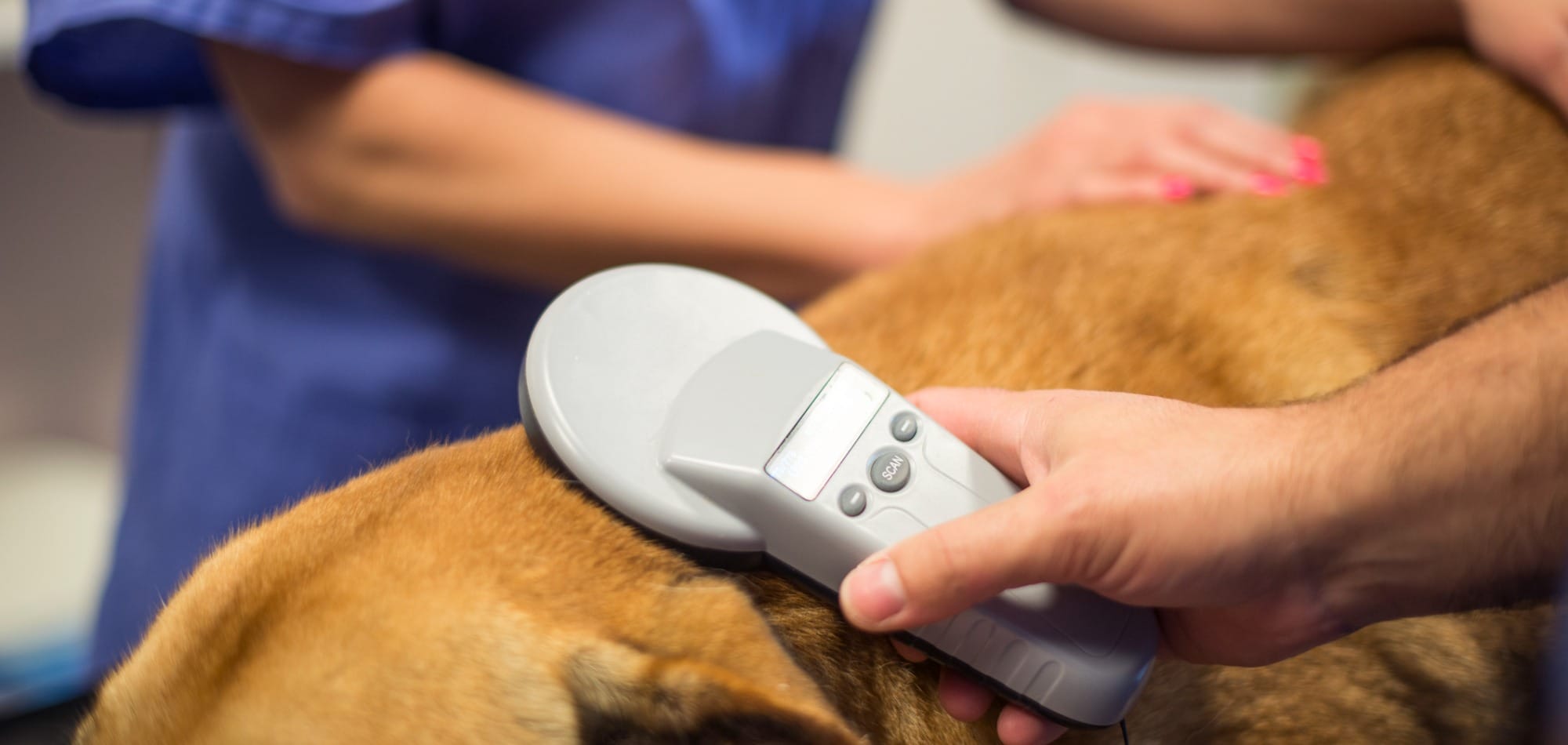You may have heard that microchips can help find lost pets, but what exactly are these tiny devices? Find out 5 essential facts about microchipping your pet.
1. They are about the size of a grain of rice
These tiny devices look like glass cylinders with an electronic chip inside. Also known as transponders, these microchips contain your contact information. When these chips are scanned at a veterinary clinic or a shelter, your information will appear so they can reunite you with your pet. Since these devices are so small and do not have any moving parts, they are also very durable and made to last.
2. The placement process is simple
If you’re ready to get your pet microchipped, contact your veterinarian. Although the process is simple, it should be performed by a professional. The microchip will be injected in between your pet’s shoulder blades with a needle. It’s quick and relatively painless for your pet. The procedure is safe, but if you notice any swelling or discharge where the microchip was placed, be sure to reach out to your vet immediately.
3. Your privacy is protected
After your pet has been microchipped, you will need to register the chip with your contact information. The microchip manufacturer will only have the information that you decide to provide them, and it will only be used to contact you after the microchip is scanned. These databases are also set up to protect your privacy so others can’t look up your information.
4. You can improve the chances of finding your lost pet
Microchips should be used in addition to traditional ID tags. If your pet is lost, a collar and tags give someone a quick way to contact you. But if the collar or tags become damaged or lost, or if the contact information is out-of-date, then a microchip is the perfect solution. These devices can’t be tampered with and almost all veterinary clinics and shelters can scan them. Remember to keep your contact information up-to-date in the microchip registry to drastically increase your chances of finding your pet.
5. Microchips aren’t trackers
Keep in mind that microchips are not GPS-enabled, and they can’t track down your pet’s location. These devices don’t use batteries or power. Instead, radio waves from a scanner activate the chip. Next, the chip transmits an ID number to the scanner. Then, this ID number is used to find your contact information in a secure database. If your pet wanders away and is found, then almost any pet hospital or shelter will be able to access your contact information and reunite you with your pet.
If you want a safe, easy, and permanent way to increase your pet’s chances of finding their way home, then reach out to your veterinarian to microchip your dog or cat.



